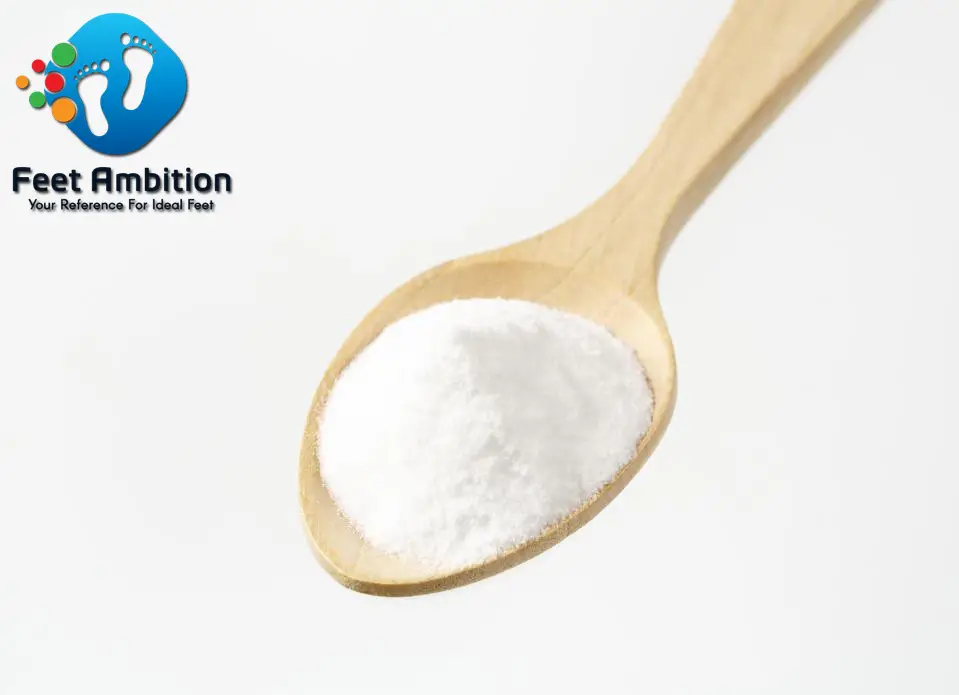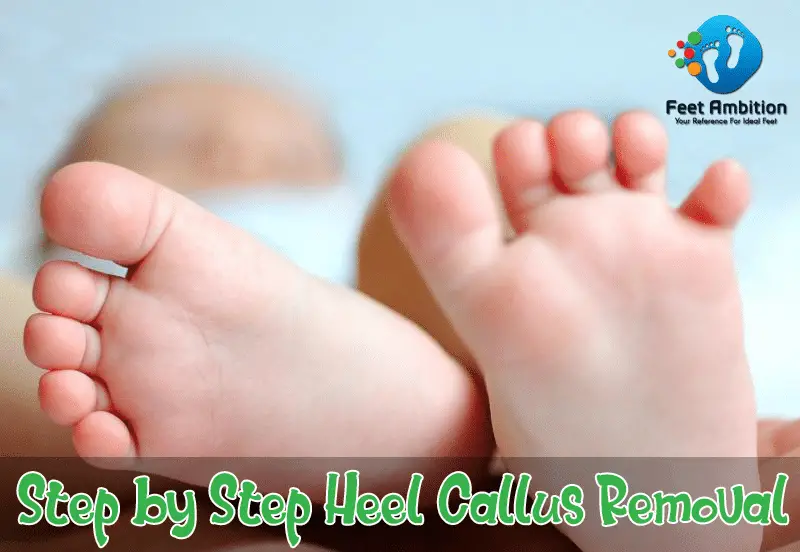Calluses on the feet can best be described as the thickening of the top layer of the skin.
Why does this happen?
If there is too much pressure being applied to areas of the foot, it will respond by forming a callus to protect itself. Self-defence, you could say.
Here are a few causes of foot calluses
- Wearing shoes that are too tight, or even too big and ill-fitting.
- Walking around a lot barefoot can sometimes cause a callus.
- Any rubbing, pressure, friction, or pinching of the skin on your foot can eventually turn into a callus.
Don't think you are managing this problem alone. The problem affects about 14% of the population who get calluses every year.
Callus Symptoms and What to Look for ?

Calluses are thickened layers of hard, tough, dead skin that form on your foot. It can be your heel, the side of your big toe, or even the tips of your toes in response to repeated friction and pressure from rubbing against your shoes, or even the seams in your socks. They can be oval or elongated in shape. If allowed to grow thicker, they can become very painful.Enter your text here...
Treatment for Foot Calluses
While you can treat them continually (as they will reappear), the best way to permanently remove them is to eradicate the cause. The fact is that unless you are bedridden, lead a very sedentary life, or confined to a wheelchair, it's more than likely that you will have one or more calluses on your feet. They will keep returning regardless of how often you scrape them off.
The removal of heel calluses provides a very profitable line of never-ending business for pedicurists and sellers of balms, and callus scraping devices!
Step by Step Heel Callus Treatment:
- Baking Soda
Add about 3 tablespoons of baking soda to some warm water in a basin or bowl.

- Soak your feet for about 30 minutes to help remove the dead skin.
- Use a pumice stone or file to rub away the layers of callus.
- Then dry your feet with a towel and apply a moisturizer or even one of the special creams that is recommended for the removal of heel calluses.
- Epsom Salt
Soak your feet in warm water with added Epsom Salt as this solution will not only soften your feet but help to draw out toxins.
- Chamomile Tea

Brew a kettle of tea. Soak your feet in a mixture of tea and additional warm water. Wash your feet with warm soapy water to make sure you don’t add tea-stained feet to your problem of calluses! J Also pour yourself a nice cuppa which you can sip on while your feet soak.
- Apple Cider Vinegar
This is a little messier but nonetheless effective. Soak a piece of bread in some apple cider vinegar. This will enable you to make a paste.
- Apply the paste to your heel callus. Then wrap the foot in a plastic bag to wear overnight.
- Rinse your feet in warm water in the morning.
A practical tip is to use a foot file that has a different grit size on each side and file away the dead skin on the heel of the foot. More commonly people use a pumice stone rather than a file.
You can check out the local pharmacy for a tool called a corn and callus trimmer. This is a specially made to remove thick calluses. This type of remover should be used with caution and if in doubt seek the help of a professional.
How Often?
To be effective, the removal of the dead skin from the heels should be done at least three times a week. It will help if you have softened the skin by doing it after showering. Another good time to file away at the heel callus is when sitting on the edge of the bath after soaking your feet in ankle deep water for a few minutes.
Prevention.
Once you’ve gone to all the trouble of getting rid of your heel calluses, it’s a good idea to make sure they stay that way. Here’s a few things you can actively do to prevent the return of nasty heel calluses.
- Proper fitting shoes is a basic requirement. High stilettos might look sexy, but they sure do strange things to your feet. It’s not only high heels, but when buying shoes, a good, comfortable fit is of paramount importance. This is not a purchase on which to save money. Shoes made of natural material, like leather, help your feet to breathe.
- Keep your feet dry and clean.
- If you do a lot of walking or running, try a bit of petroleum jelly on those spots that tend to rub the most, like the heels and the ends of your toes.
Let’s face it, we, as humans, tend to treat our feet badly then wonder why they develop calluses and corns. You are on your feet a lot during the day, and in particular if you have a job that requires a lot of walking or standing. Think nurses or supermarket staff.
Take care of your feet so that they can perform at their best and help you through each day.







